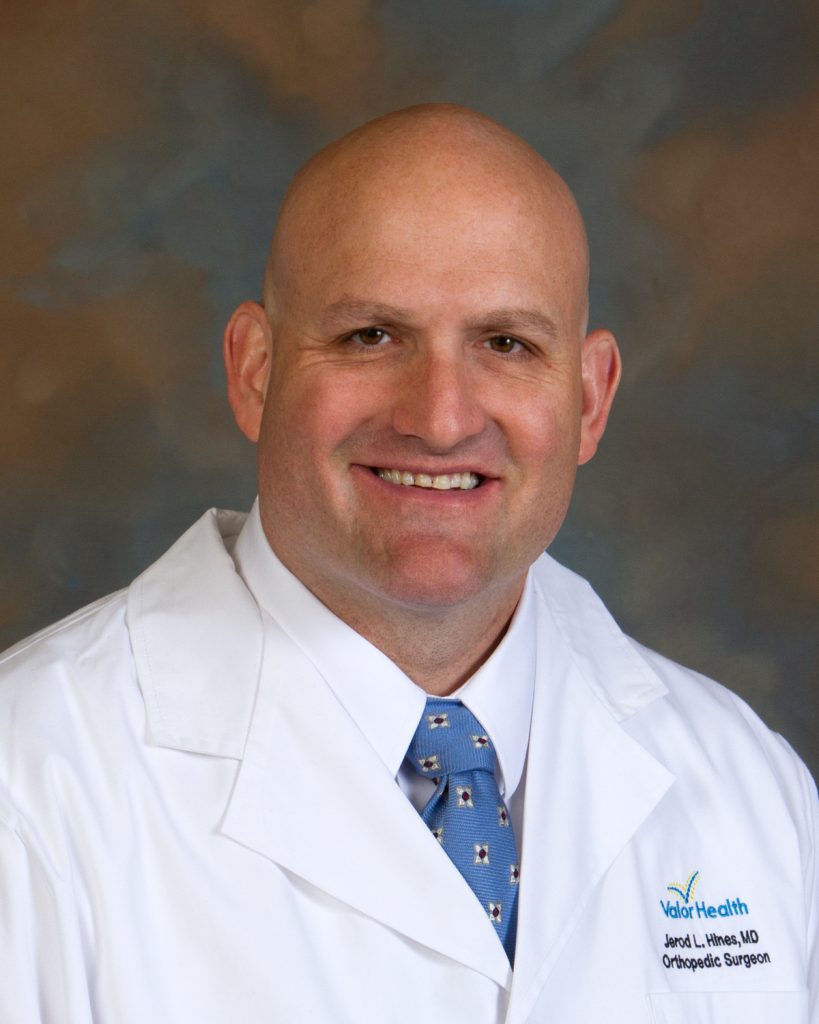Call 208-365-3563
Put pain behind you and get help from the orthopedic and sports medicine team here at Valor Health. Whether you need an evaluation for an injury from work — or play — you don’t have to go far for individualized care. Our specialists provide a wide range of services to help you heal, restore mobility, and get you back to the quality of life you deserve. Our quick and convenient access to orthopedic care means you can get an appointment when needed.
If you’re experiencing:
- Foot or Ankle Pain
- Hip Pain
- Knee Pain
- Shoulder Pain
- Muscle Strain
We can help with:
- Fracture Repair
- Total Joint Replacement, including Hip Replacement, Knee Replacement, and Shoulder Replacement
- ACL and Meniscus Repair
- Carpal Tunnel Release
- Trigger Finger Release
- Surgical Stabilization for Sprains
Get the help you need to live a pain-free life.
Valor Health offers quick, convenient access to orthopedic care so you can get an appointment when needed.
Call 208-365-3563 to schedule an initial consultation.

Dr. Jerod Hines
Valor Health’s Orthopedic Surgeon
Tel: 208 365 3563
Location: Orthopedics & Sports Medicine – 1202 E Locust St.
Dr. Hines grew up in Burley, Idaho. He graduated from the University of Idaho and the University of Utah’s School of Medicine in Salt Lake City. He completed his orthopedic surgery residency and his sports medicine fellowship at McGill University Health Centre, located in Montreal, Quebec. Dr. Hines returned to his Idaho roots and joined Valor Health in Emmett, Idaho, in 2016. He enjoys living in rural Idaho, doing outdoor activities and sports, and spending time with his son. Dr. Hines is an avid supporter of Emmett sports and our student-athletes, and you can probably find him on the sidelines cheering on the Huskies.
*Your insurance company may require a referral from your primary care physician before receiving care.
Injury Self-Assessment
Do you have any of the following symptoms? If so, it may be time to contact our orthopedics and sports medicine team!
The higher the degree of injury, the greater the severity of the following signs and symptoms:
- Pain: due to an increase in pressure in the injured area and damage that has been caused to local nerve fibers from swelling
- Swelling: due to the bleeding from damaged blood vessels
- Redness or discoloration: due to the dilation of nearby undamaged blood vessels
- Heat: due to the dilation of blood vessels (and local area circulation) around the injury site
- Loss of function: due to the pain and swelling caused by the injury, the function may be reduced or lost totally, including the inability to bear any weight on injured limbs.
How to Prevent Injuries
How to Warm Up and Cool Down
Always warm up and cool down properly before and after the activity. Incorporating strength training, increasing flexibility, and improving core stability will also help minimize overuse injuries.
Warm-up
Warming up before an activity involves gradually bringing the heart rate up from the resting level by engaging in low-impact exercise such as jogging in place. Athletes should also stretch their muscles to release tension and help prevent injury. Stretching involves going beyond the point of resistance and should not include bouncing. Stretches should be held for 10–12 seconds.
Cool-down
Be sure to cool down properly after an activity. Cooling down allows the heart rate to gradually return to a resting level. Stretches after an activity should be slow and gentle, typically held for twenty seconds. This aids recovery and stimulates the muscles to relax and return to their resting length.
Take a closer look at stretching exercises and tips from the American Academy of Orthopaedic Surgeons.
Treating Minor Injuries
The RICE method works for contusions/bruises or any injury that results in swelling:
When to Seek Help
Minor injuries should improve within 24-72 hours. If this is not the case or the problem worsens, you should seek medical attention.
Getting Back to Normal
The injured area should have little to no pain when returning to activity after a minor injury. If you experience pain after activity or if swelling returns, this would suggest that the injury has not resolved, and you may need to modify your activities. Switching to a less strenuous form of exercise or one that does not stress the affected area as much will often allow you to continue being active while the area heals.









